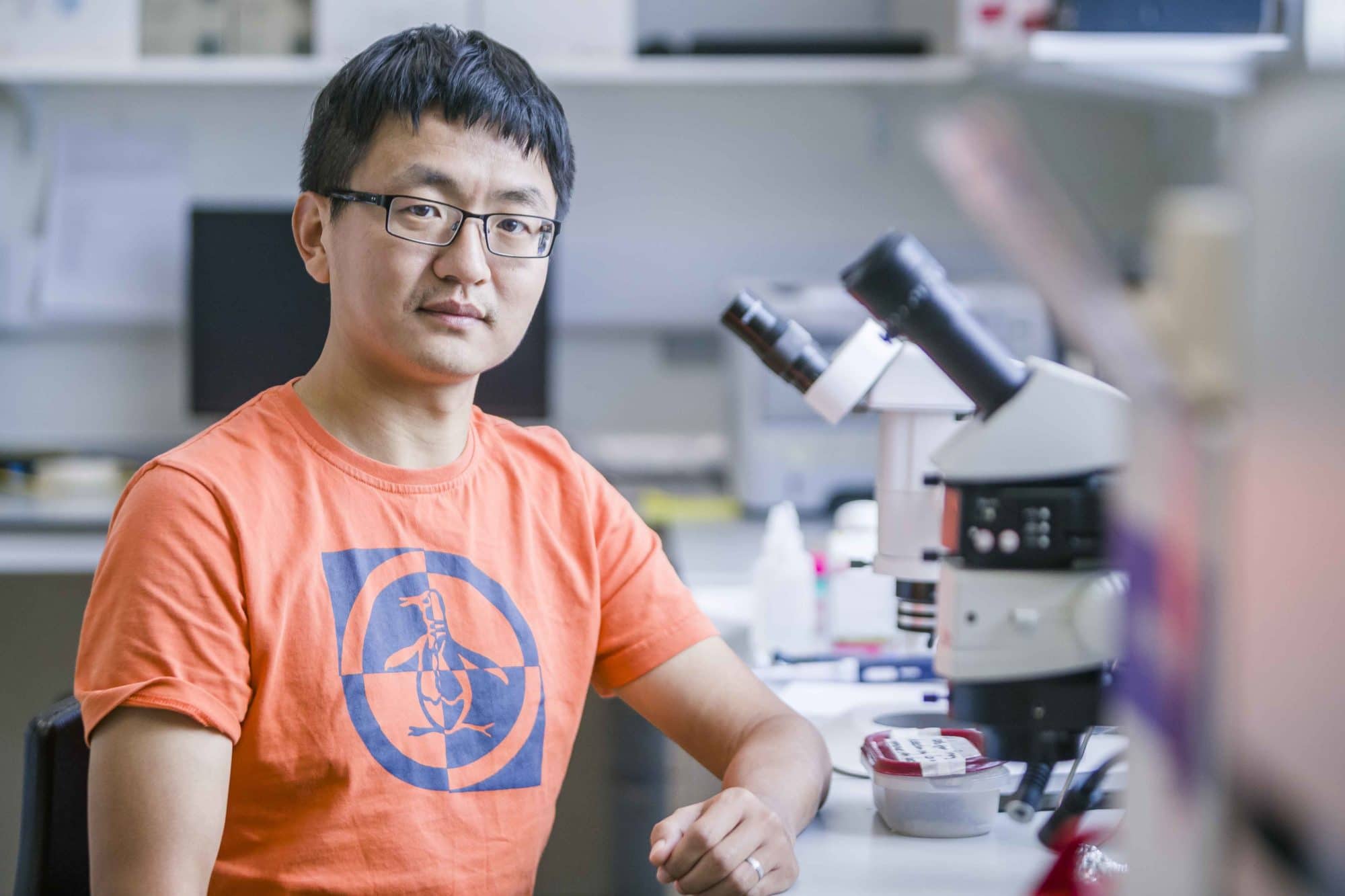“My job is akin to the work of a detective. The clinical notes on a patient’s disease are like the description of a crime scene, and the genetic changes found by closely examining their genetic code are like tens of thousands of suspects.
“In order to find the one or two genetic changes that are responsible for the disease, I need to ask a series of questions of each ‘suspect’. For example: is this mutation rare in the general human population? (only rare mutations can cause rare diseases); and: has this gene been linked to a similar disease?
“The workload can be massive considering the number of patients in the study – over 600 and growing – and the idea of manually inspecting each of the thousands of genetic variants in each patient is unbearable! That’s where I come in as a bioinformatician. I write code to instruct computers to inspect millions of mutations and only report the ones that are interesting. I am also good at representing data visually, which has been key in delivering analysis results to scientists and doctors.
“Before working with Prof Downes, I had been involved in lab-based research on bacterial genetics. However, I had become more and more intrigued with computer coding and number crunching, so I taught myself bioinformatics. Then I saw this job advertised, looking for someone with my mix of experience, and I jumped at the chance.
“To be honest, the fact that the work was in inherited retinal disease was not a major factor to start with, but now that I have learned about how these diseases affect patients, I feel a great responsibility to help these families however I can. I had never realised how eager patients are to know what is going wrong with their genome, until I met some of them at a public event hosted by Retina UK last year.
“Because of my work, they will be more likely to know which gene is faulty, the chance of the disease passing down to their children and, in some cases, how the disease will progress. Our research also brings hope. Gene therapy has made huge progress in recent years, bringing with it the very real possibility that inherited sight loss could be stabilised or even cured, but it will depend on knowing the identity of the faulty gene for a particular patient.
“Our work has produced some exciting developments. Early on in my time here, I wrote some code that has not only led to the speedy genetic diagnosis of many of our patients, but has also become part of a larger project called Phenopolis. This is a web-based, user-friendly bioinformatics tool that could be used by researchers in other fields, not just inherited retinal disease.
“I love this job, so much so that I have declined a couple of more secure posts so that I can keep working in this area. People affected by inherited sight loss make an immense contribution to my research: without their kind collaboration I would have no data to work on, and would solve nothing. After all, how can a detective work with zero evidence?”

